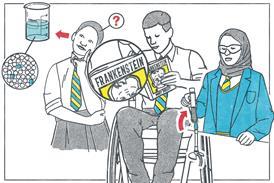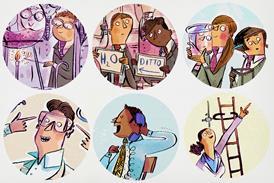A nose for trouble

Ian Le Guillou finds out how new technology and chemistry are catching up with sniffer dogs in the race to rescue people trapped in disaster zones
Science has been able to extend our other senses far beyond the biological limits of the most extraordinary of animals (our telescopes see farther than the best eye, seismometers detect earthquakes on the other side of the world, and radar beats even a bat’s echolocation), but how are we doing when it comes to smell?
Thanks for using Education in Chemistry. You can view one Education in Chemistry article per month as a visitor.

Register for Teach Chemistry for free, unlimited access
Registration is open to all teachers and technicians at secondary schools, colleges and teacher training institutions in the UK and Ireland.
Get all this, plus much more:
- unlimited access to resources, core practical videos and Education in Chemistry articles
- teacher well-being toolkit, personal development resources and online assessments
- applications for funding to support your lessons
Already a Teach Chemistry member? Sign in now.
Not eligible for Teach Chemistry? Sign up for a personal account instead, or you can also access all our resources with Royal Society of Chemistry membership.


